
Natural Valleys of Georgia. Vajas Tskaro resort. Visit Pshav-Khevsureti.
Pshav-Khevsureti is a protected area, which was created to preserve the most important historical monuments. For example, the old towers and houses, the unique culture of the region. Near these places were found mineral water springs, which have been found to have therapeutic properties. Here you can also visit Vajas Tskaro.
North of Tbilisi, at the 60th kilometer of the Georgian Military Road, the valley of the Pshava Aragvi begins. The road along the valley leads upwards - to the historical region of Pkhovi (Pshav-Khevsureti).
Pshavi is located on the border of Kartli and Kakheti, at an altitude of 1000-3218 m above sea level. There are almost no eternally snowy peaks here. Khevsureti is different: here all mountains are very high. The name Khevsureti is connected with high mountains and gorges ("hevi" means gorge). The main watershed ridge of the Caucasus and Datvisjvari pass (2676 m.) and connects the valley of the Aragvi (Piraketa Khevsureti) with the Argun valley (Pirikita Khevsureti). In winter the pass is blocked due to high snow cover. For this reason, the entire KhevsuretiPirikita area is cut off from the outside world for most of the year.
VAJAS TSKARO RESORT
Khevsureti is a border region, bordered to the north by Chechnya and Ingushetia. For centuries, Khevsures have reliably defended their borders against external enemies. The constant combat readiness has led to the unusual architectural appearance of Khevsur villages: each of the settlements is a unique complex of fortification structures, which performed the function of dwellings at the same time.
A vivid example of unique Khevsur architecture is Shatili, a village in Pirikita Khevsureti and the center of the region. On rocky slopes in continuous rows of terraced fortress-houses with high verandahs, the walls of which are built so tightly from oil shale that even a ray of sun does not penetrate between them. The houses are interconnected by narrow stone staircases, so that a person who enters a village can walk around the entire village without stepping foot on the ground. Most of the surviving fortress houses were built during the late Middle Ages. Although, the fortresses found in the vicinity of Shatili date back to an earlier period - 2000 BC.
A unique defensive construction is the village of Mutso, (1880 meters above sea level) which is located 12-15 km to the north-east of Shatili. There are about 40 residential and defensive structures and ruins dating from the X-XVIII centuries. Mutso, as well as 20 villages of Pirikit Khevsureti, gradually emptied out in the last hundred years.
If in 1898 there were 5000 families living in Khevsureti (including 50 families in Shatili), nowadays only a few people live in Shatili throughout the year.
Location: middle mountain zone of the Greater Caucasus, near the village Chargali.
Distance: 80 km from Tbilisi.
Height above sea level: 980 m.
Relief: Mountainous.
Climate: Typical for low mountains. Winter is cold and snowy. The average temperature in January -4.7 C. Summer is warm. Average temperature in August 18.6°C.
Average annual rainfall: 1000 mm.
Average relative humidity per year: 72%.
Duration of sunshine in the year: 2100 h.
Natural medicinal factors: climate of low mountains. Carbonic, silicon, boric, chloride-hydrocarbonate, sodium-iron, mineral waters with a total mineralization of 1.2-27.2 g/dm3 and carbonate-carbonate, sodium-calcium (and calcium-sodium), iron mineral waters with a total mineralization of 2.5-11.8 g/dm3
Types of treatment: mineral water baths and internal consumption of mineral waters, passive climatotherapy.
Therapeutic indications: diseases of the bone and joint and digestive systems.

In April 2014, the government of Georgia adopted a resolution establishing the Pshav-Khevsureti Protected Area. This will provide an opportunity to preserve many cultural heritage monuments (unique towers and houses, as well as the unique ethnography and culture of the region). The conservation area will also include the natural monument Roska, Asa reserve, areas of much planned use of the Pshav-Khevsureti.
In 1956 on the bank of river Pshavis Aragvi near the village Chargali in search of mineral water geologists drilled at a depth of 40-250 meters 26 wells. All of them were successful. Six of the springs were found to be suitable for drinking. The waters found in the other springs had different curative properties. In 1967, a balneological center was opened near Chargali. In 1961, a factory for bottling mineral water "Vazha Source" was built.
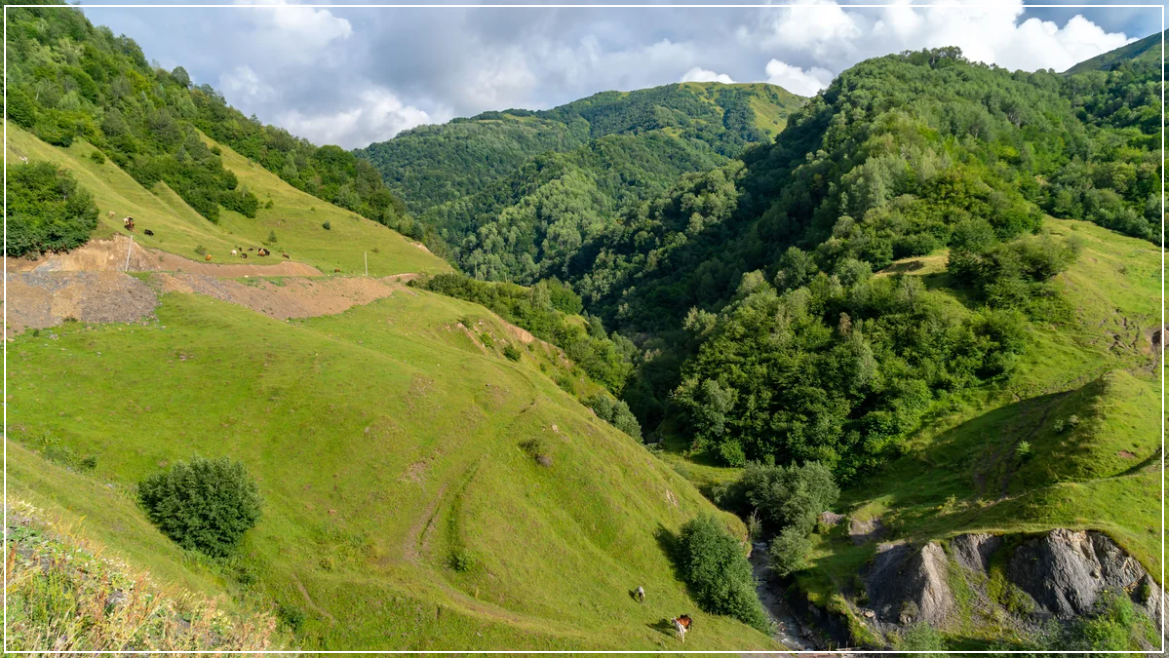
Pshav-Khevsureti is a unique region where ancient monuments and cultural heritage are preserved. When you come to this area, you feel that you have entered another world - a world where time has stopped. You can see the old towers and houses that have been preserved since ancient times and feel the spirit of the region's history. But it is not only a place to travel and explore the historical heritage. It is also a place with medicinal springs of mineral water, which are known for their healing properties. If you have problems with the digestive system, heart or respiratory tract, you should try mineral water baths or passive climatotherapy.
In addition, the region is famous for its beauty and beautiful views. You can walk through the valley of the Tetri Aragvi River and admire the picturesque scenery of mountains and forests. The road that leads along the valley offers stunning views of the surrounding countryside, and you can observe the beautiful mountains of Khevsureti. Pshav-Khevsureti is only 90 kilometers from Tbilisi, but here you will experience an atmosphere of peace and solitude. This is a place where you can get away from the hustle and bustle of the city and enjoy the nature and culture of Georgia.
Khevsureti is not only natural attractions, but also a unique architecture that attracts tourists from all over the world. One of the most fascinating examples of this architecture is the village of Shatili. The village is known for its stone fortress houses, which are arranged in a continuous row on rocky slopes. They are true examples of Khevsur architecture and culture. Each fortified house in the village is a unique combination of a dwelling and a fortified fortress. These houses are built with thick walls of slate, which are stacked so tightly that not even a ray of sun can penetrate through them. The houses are linked together by narrow stone staircases that allow villagers to walk around without stepping on the ground. Most of the fortified houses were built in the late Middle Ages. However, in the vicinity of the village were found settlements that date back to an earlier period - 2000 BC. This proves that the area has been inhabited since ancient times and that the inhabitants of Khevsureti were able to build fortified settlements and houses long before Christ. According to studies, the inhabitants were able not only to build reliable defensive structures, but also to use natural resources of their area to create comfortable living conditions. Fortified houses were built of local slate, which not only provided reliable protection from enemies, but also kept cool inside the house during the hot season. In addition, the narrow streets and stairs between the fortress houses not only offered maximum protection from outside threats, but also helped the inhabitants stay connected with each other and their neighbors.
The village of Mutso, located 1,880 meters above sea level, is also a unique example of defensive structures that have survived for several centuries. In this village, about 40 residential and defensive structures and ruins dating from the tenth to the eighteenth centuries have been preserved. Despite the fact that today there are few permanent residents in the village, the region is still alive and continues to attract fans of history and culture.
Pshav-Khevsureti is a small village, located in the zone of middle mountains of the Greater Caucasus, which is 80 km from the capital of Georgia - Tbilisi. The altitude is 980 meters above sea level. The relief of this area is mountainous, and the climate is characterized by low mountains. Winters here are cold and snowy, the average temperature in January is -4,7 degrees Celsius. Summers in this area are warm, with an average temperature of 18.6 degrees Celsius in August. The amount of annual precipitation in the area is 1000 mm, and the average annual relative humidity is 72%. The duration of sunshine per year is 2100 hours. The climate of the low mountains is one of the main factors that have a beneficial effect on the body. There are also carbonic, silicon, boric, chloride-hydrocarbonate, sodium-iron mineral waters, with a total mineralization of 1.2-27.2 g/dm³ and carbonic-carbonate, sodium-calcium (and calcium-sodium), iron mineral waters, with a total mineralization of 2.5-11.8 g/dm³. In this area it is possible to conduct treatment by bathing with mineral water and internal consumption of mineral water, as well as passive climatotherapy.It is known for its possibilities of treatment of diseases of the bone and joint and digestive systems.
If you are interested in mountain recreation or planning treatment, feel free to ask questions in the comments below the article. Our experts on mountain tourism and medical tourism will be happy to answer all your questions and share useful tips. We would also appreciate your feedback about the resort and share your impressions of visiting this beautiful place.
See all resorts in Georgia
-
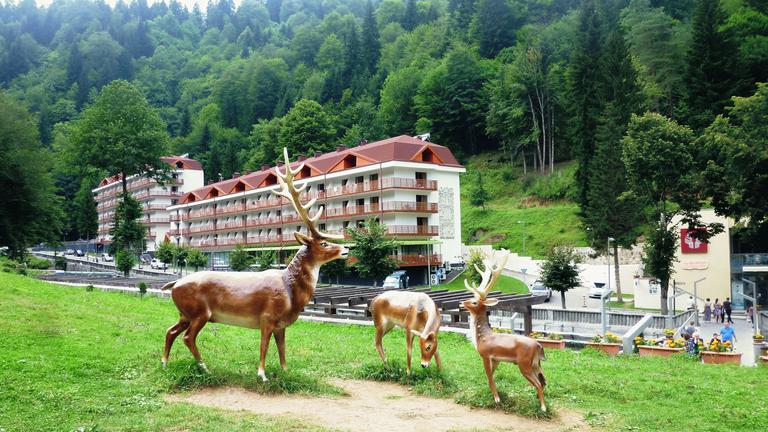
Sairme – deer area near Kutaisi
Resorts of GeorgiaSairme is one of the most popular resorts, created in order. so that you can relax and un…
-
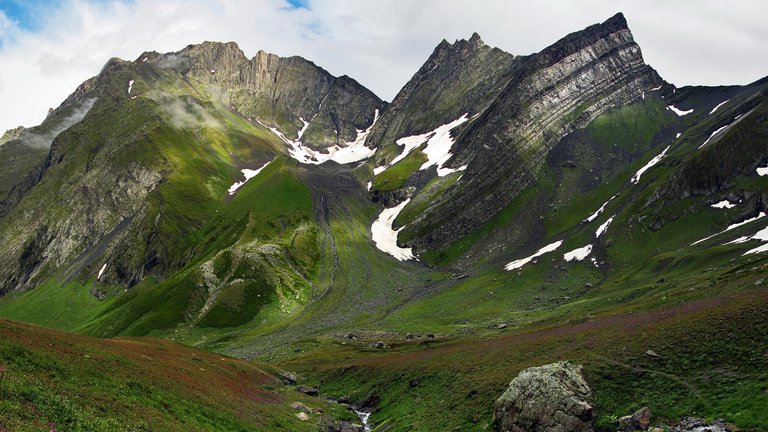
Racha Resorts
Resorts of GeorgiaRacha is considered one of the most beautiful places in Georgia and is distinguished by a…
-
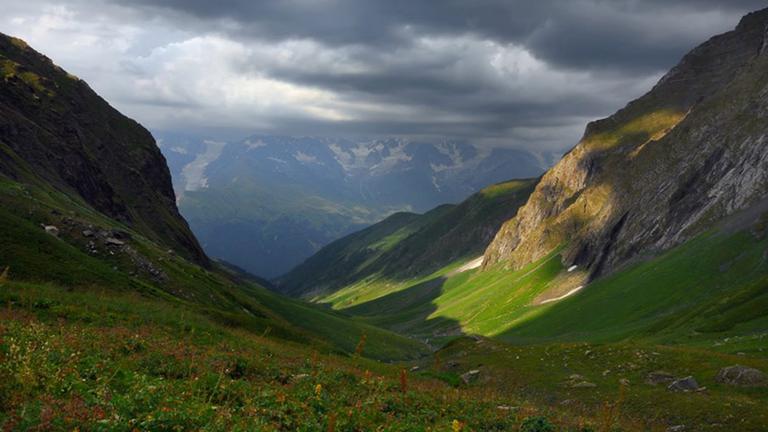
Hidikari
Resorts of GeorgiaHidikari Resort is located in a very picturesque place, on hills surrounded by a variety …
-

Lasichala
Resorts of GeorgiaThere are a huge number of various resorts in Georgia, with their own mineral waters and …
-

Khovle
Resorts of GeorgiaHovle resort is famous not only for its health benefits, but also for its historical sign…
-
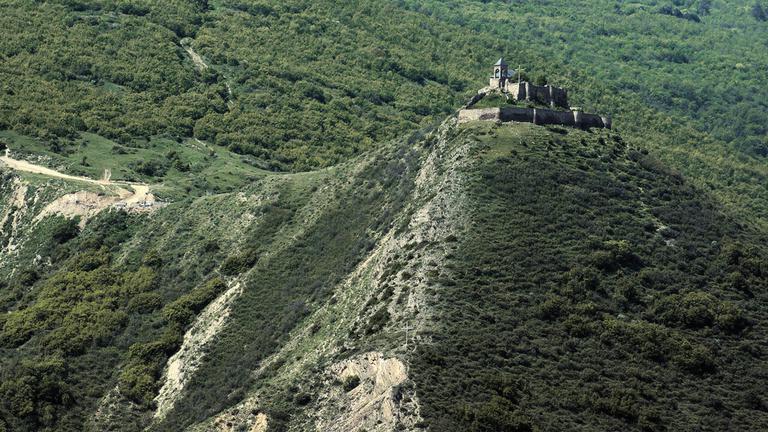
Gorijvari
Resorts of GeorgiaGorijvari resort is located on a mountain and is blown by clean and fresh mountain air. T…
-
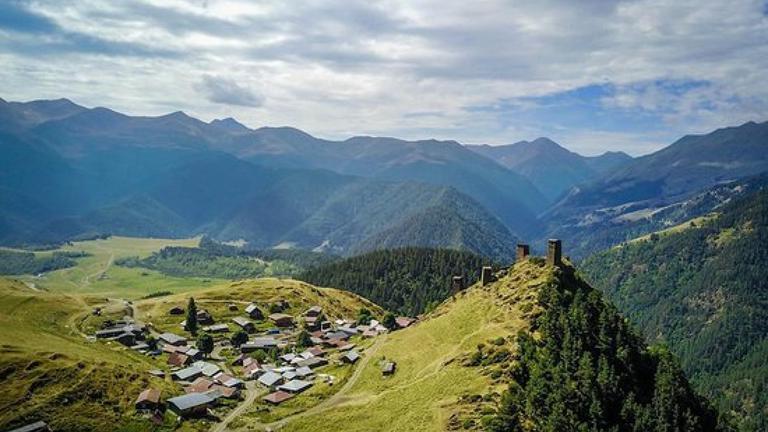
Abano
Resorts of GeorgiaAbano used to be a village and was important to the country. Nowadays, it is known for it…
-
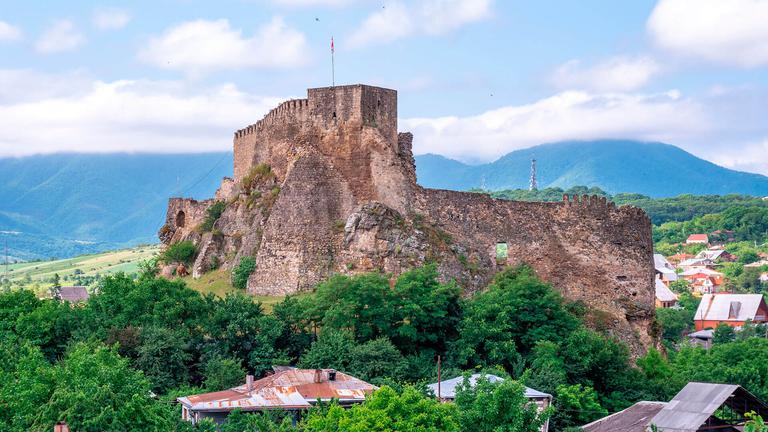
Surami
Resorts of GeorgiaThe peculiarity of the Surami resort is the focus on the treatment of children from vario…












39 comments
Log in to leave a comment
Эту территорию охраняют законодательно, что бы сохранить исторические
памятники, старые башни, архитектуру, культуру края.
Жители Хевсурети с давних времён охраняли границу . И все время жили в полной
боеготовности. Поэтому строили крепости не приступными на скалах близко от друг- друга
Между домами сообщаются узкими каменными мостиками.
В статье очень захватывающе рассказывается история местности . Сразу хочется побывать в этих местах.
Меня интересует их жизнь чем они занимались, разводили ли скот, или занимались садовотчеством. Со временем это местность опустела все перехали , наверное в города.
Говорят ,сейчас там живёт только несколько семей.
На берегу реки Пшавис Арагви около деревни Чаргалы геологи прорубили 28 скважин.
Там сейчас заливают минеральную воду ,, Источник Важа,,
Воды используются в бальнеологическом центре для лечения людей.
Уникальным оборонительным сооружением является деревня Муцо, в 15 км от Шатили. Здесь сохранились около 40 жилых и оборонительных сооружений и развалин.
Если в 1898 году в Хевсурети проживало 5000 семей, то сейчас – всего несколько человек.
Климат характерный для низких гор, зима холодная, снежная.
Пшави находится на границе Картли и Кахети, на высоте 1000-3200 м, здесь почти не встречаются вечно снежные вершины. А в Хевсурети все горы очень высокие.
Хевсурети приграничный регион, с северной стороны к нему примыкают Чечня и Ингушетия, веками хевсуры надёжно защищали границы от внешнего врага.